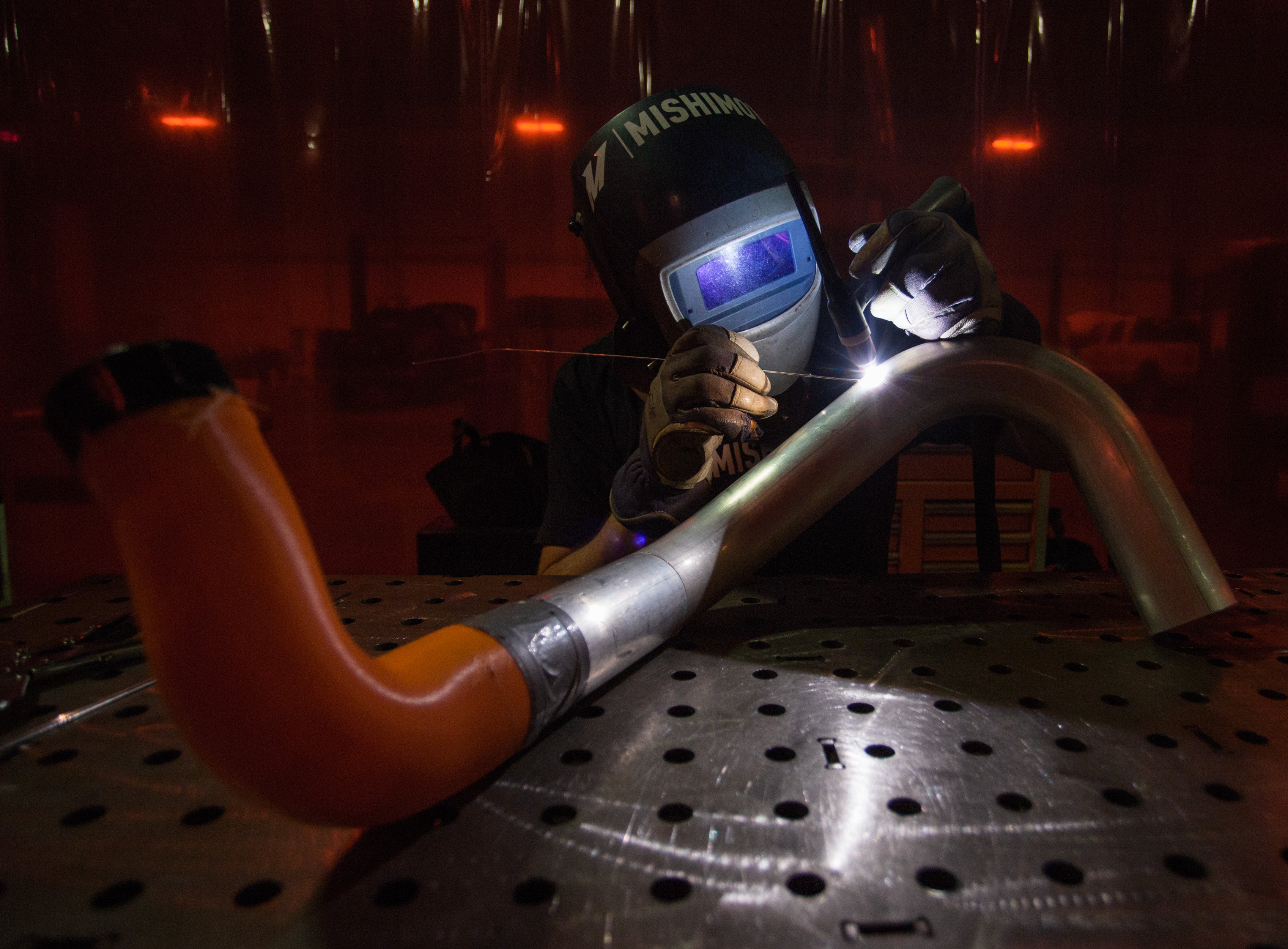
Intercooler Sandwich - 2015+ VW MK7 GTI/Golf R, Audi A/S3 Intercooler R&D Part 4 - Piping Design Plans
Big things in small packages have long since been the idea behind the hot-hatch. Smaller, punchy engines in small bodies creating big smiles in the corners is the name of the game, and the GTI wrote the rule book. Now, 44 years later, the seventh iteration is the ideal platform for any enthusiast of fast and practical.
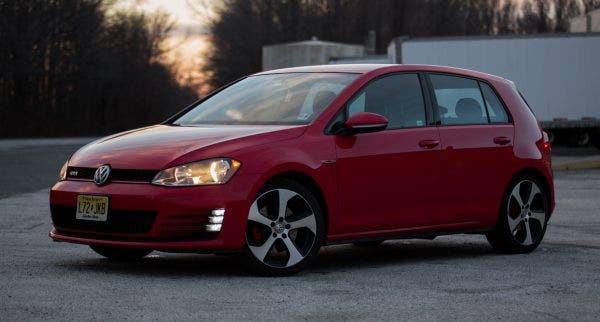
For those looking to enhance the sporty Golf even further, you might have already taken notice that we're already on the case by way of cooling the charged air running through your 2.0T. A beefier intercooler is a start, but unfortunately that air doesn't transfer into our intake manifold via osmosis. Naturally, ducting is still required.
When it comes to designing a new intercooler for any vehicle, it's all about finding the right balance between core volume and flow. Knowing this, our engineer made some adjustments to our intercooler's inlet and outlet sizes to maximize flow for stock and remapped tunes, while maintaining the right diameter for the MK7's stock piping. However, for the best symbiotic relationship between intercooler and piping, Ye has been working on a new set of ducting specifically designed for maximum flow to and from our intercooler. Computer modeling can only get us so far, though. The first step in ensuring that our pipes work is making sure that they fit.
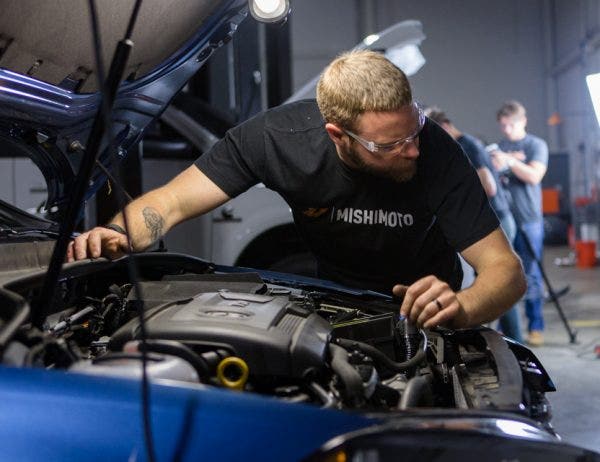
With the help of our master fabricator, Mike, we were able to take Ye's piping design plans and bring them to life.
I wasn't kidding when I said small packages. Peeking under the hood of any of the MK7 variants showcases VW's ability to use a small space effectively. This all sounds great for producing tens of thousands of these vehicles, but the news isn't so great when it comes to squeezing every drop of power out of your Golf or GTI. Yes, the space is used effectively, but that means smaller diameters on the current pipes, plenty of bends, and lightweight materials that aren't exactly conducive to higher boost pressures.
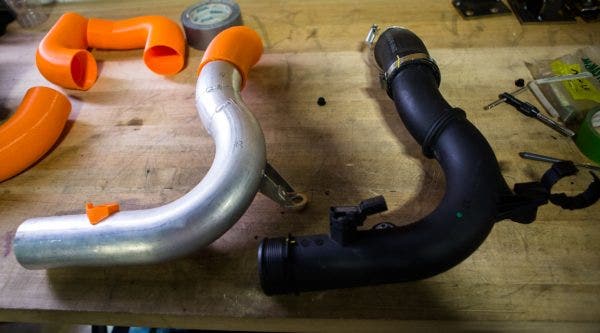
So, what exactly does Ye have in mind for the new pipes? Overall, the plan is fairly simple. Increase the diameter where applicable, and update the construction for better durability. Let's start with the hot-side piping, where increasing the diameter is the challenge.
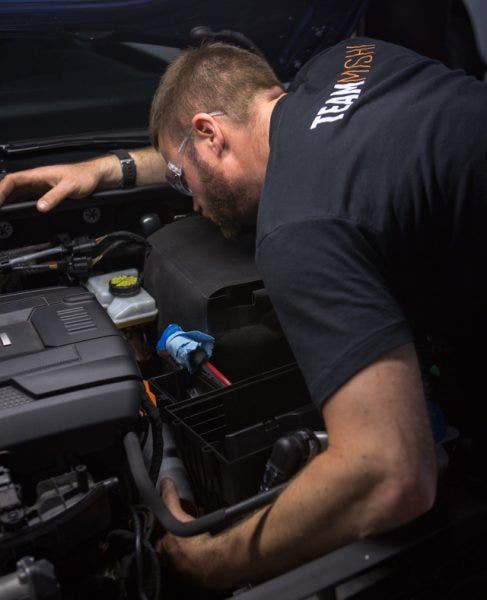
The factory airbox becomes a limiting factor when increasing the size of the intercooler piping. Luckily, we were able to still bump up the size of the hot-side pipe while still ensuring a direct fit.
You may remember back in our review on the stock system that the hot-side piping spent most of its time tapering from the turbo outlet diameter to its full size. Our hot-side pipe contains the diameter change within the silicone coupler before reaching the aluminum piping section to maximize the flow into the intercooler. We also added a few extra millimeters to the piping's diameter, which effectively maxed out our build envelope.
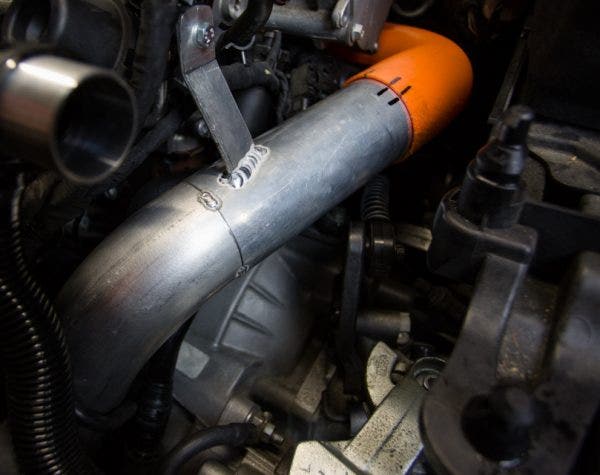
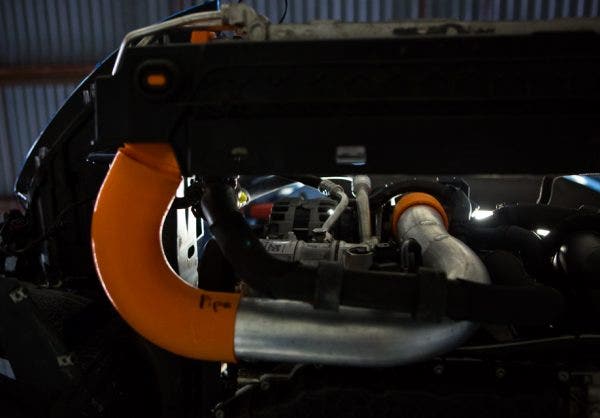
When it comes to the cold-side, it's a similar story. Our plan is to replace the plastic section of piping with mandrel-bent aluminum for a longer lasting connection from intercooler to intake manifold. We're also planning on swapping out the rubber connections for more durable silicone couplers specifically designed to fit in the MK7's tightly packed engine bay. More notable, we decided to ditch the air straightener that was molded into the stock cold-side pipe, adding a little extra attitude to your MK7.
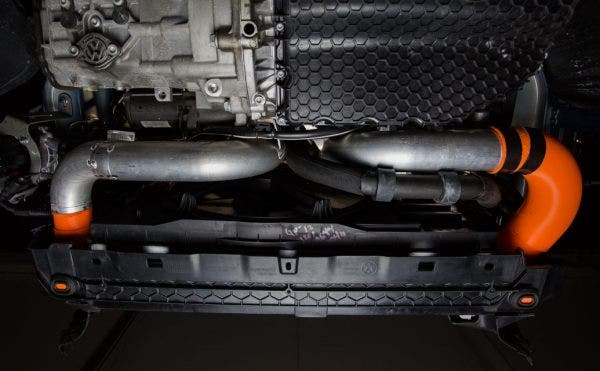
Part of what makes these hot-hatches so hot is the optimization of the airflow throughout their turbocharged engines. After creating a tangible representation of our design plans, it's clear that we intend to take that optimization even further. Stay tuned for an up-close look at our first production samples of these new designs, as well as seeing how well they perform on the MK7's heavy hitting Golf R.
Thanks for Reading!
-Nick




